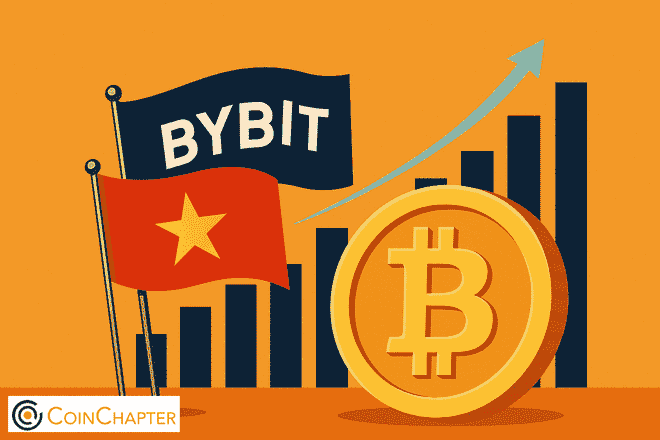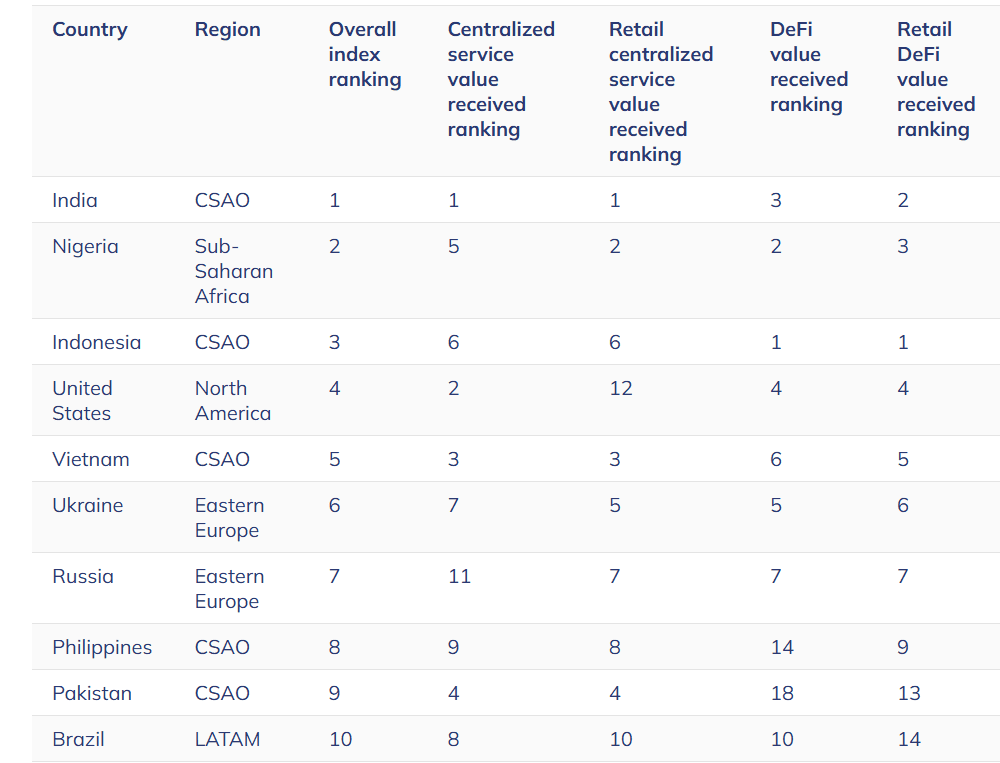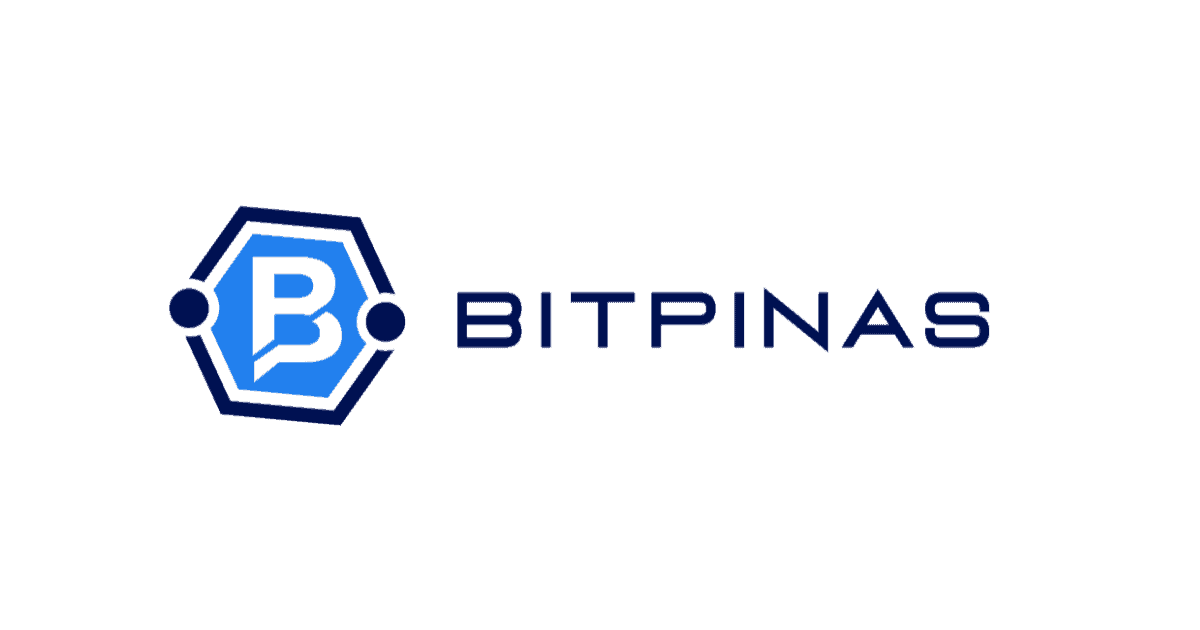Disclaimer: This article is for informational purposes only and does not constitute financial advice. BitPinas has no commercial relationship with any mentioned entity unless otherwise stated.
Crypto enthusiasts from the Philippines and Vietnam can now use Bybit Pay, a crypto payment service by the international cryptocurrency exchange that allows users to shop at supported merchants, including mobile top-ups, using the 16 available cryptocurrencies through QR code payments.
To celebrate the launch, those who use the feature can earn $BTC cashback airdrops, according to Bybit.

Bybit Pay Can Now Read QR Ph
In a statement, Bybit confirmed that the feature is fully integrated with the QR Ph national standard, allowing users to scan QR codes and make payments on the Bybit Pay interface at participating merchants, including those under AEON Pay.
AEON, a partner in the launch, provides QR payment acceptance across a wide merchant network, especially in urban areas.
Aside from its launch in the Philippines with QR Ph integration, Bybit has also rolled out Bybit Pay in Vietnam, supporting the country’s VietQR.
Earlier this year, in January, the crypto exchange introduced Bybit Card QR Pay in Brazil, integrating with the country’s Pix payment system, which enables real-time transfers and offers lower transaction fees.

How it Works
Transactions through Bybit Pay follow a streamlined, QR-based process aligned with the QR Ph standard:
Step 1: Users scan a merchant’s QR Ph code using the Bybit Pay app.
Step 2: The app generates a unique payment QR code for the user to approve the crypto transaction.
Step 3: The merchant scans the approved QR code, completing the payment instantly.
$BTC Cashback Airdrop
As part of its Southeast Asia rollout, Bybit also announced that Bybit Pay is offering $BTC cashback airdrops for users in the Philippines and Vietnam who pay using QR Ph or VietQR codes.
Running until June 30, 2025, at 6:00 p.m., PH time, the promo rewards users who spend at least $5 per day with $1 worth of $BTC per eligible transaction.

How to Join:
Step 1: Register for the promo on the Bybit platform.
Step 2: Open the Bybit app and scan QR Ph (Philippines) or VietQR (Vietnam) codes at participating stores.
Step 3: Spend at least $5 (or local equivalent) on eligible purchases.
Step 4: Claim your BTC rewards through the event page.
The promo applies to daily spending across everyday categories like food, drinks, and fashion, with participating merchants including UNIQLO.
Transactions are fee-free, with QR payments made through Bybit Pay processed instantly.
What is Bybit Pay?
According to its website, Bybit Pay supports both online and in-store transactions and integrates with national QR code payment systems.
It also allows users to transfer crypto to other users with zero fees.
Key features include:
- QR code-based payments for seamless checkout at retail merchants.
- Multi-currency support, including $BTC, $ETH, $USDT, and fiat like BRL.
- Instant payment processing with no transaction fees during promos.
- Integration with AEON Pay for wide retail coverage.
- Secure blockchain encryption for private, tamper-proof transactions.
- Available globally to verified users, except in restricted countries.
This article is published on BitPinas: Bybit Pay Now Lets Filipinos Use Crypto with QR Ph Payments
What else is happening in Crypto Philippines and beyond?






